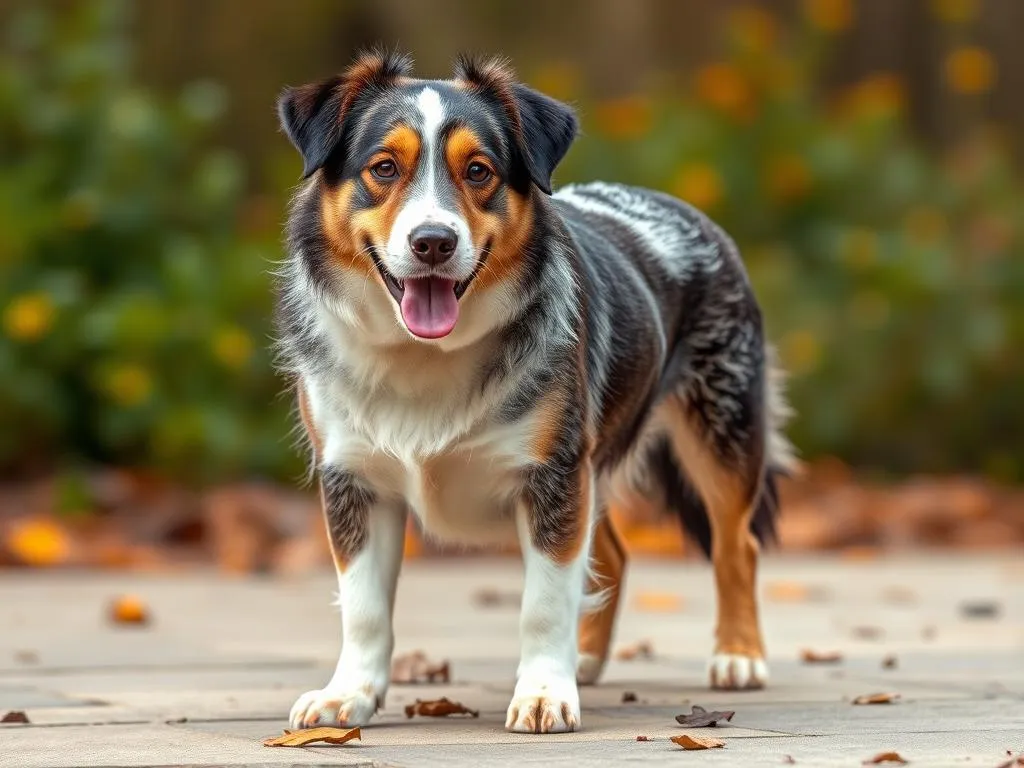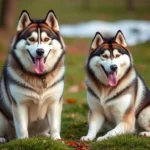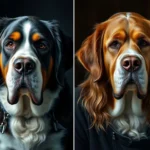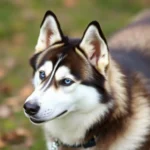
Choosing the right dog breed can be a daunting task, especially for potential dog owners concerned about shedding. Low shedding dog breeds are often sought after for their minimal hair loss, which can make them a better fit for families with allergies or for those who simply prefer a cleaner home. Understanding what “low shedding” means, as well as the characteristics and care needs of these breeds, is essential for making an informed decision.
Understanding Shedding in Dogs
What is Shedding?
Shedding is a natural process where dogs lose old or damaged hair to make way for new growth. All dogs shed to some degree, but the amount can vary greatly depending on the breed, age, and overall health of the dog. Shedding is influenced by several factors, including environmental changes and seasonal shifts.
Reasons for Shedding
Seasonal changes often lead to increased shedding, particularly in breeds with a double coat. In the spring and fall, many dogs will shed heavily as they prepare for temperature changes. Additionally, health issues such as allergies, hormonal changes, or skin conditions can result in excessive shedding. Understanding these factors can help pet owners manage their dog’s shedding more effectively.
Benefits of Low Shedding Breeds
Opting for a low shedding dog breed comes with several advantages:
- Reduced Allergens: Low shedding breeds often produce fewer allergens, making them suitable for individuals with sensitivities.
- Easier Grooming: With less hair to manage, grooming becomes a less time-consuming task.
- Family Friendly: These breeds are ideal for families with children or other pets, as they tend to leave less fur around the house.
Characteristics of Low Shedding Dog Breeds
Coat Types and Their Impact on Shedding
The coat type of a dog significantly influences its shedding patterns. Dogs with curly or wiry coats typically shed less than those with straight hair. Curly coats, like those found in Poodles, trap loose hair, preventing it from falling to the ground. Understanding these different coat types can help prospective dog owners choose a breed that aligns with their lifestyle and grooming preferences.
Temperament and Behavior of Low Shedding Breeds
Low shedding breeds often share specific temperament traits, making them suitable for various lifestyles. Many of these breeds are known for being friendly, intelligent, and adaptable. They can thrive in both active households and quieter environments, making them versatile companions.
Popular Low Shedding Dog Breeds
Small Low Shedding Breeds
-
Poodle (Toy and Miniature)
The Poodle is known for its intelligence and hypoallergenic coat. They require regular grooming to maintain their curly hair, but their playful nature and affectionate demeanor make them wonderful companions. -
Bichon Frise
This breed features a soft, curly coat that doesn’t shed much. Bichon Frises are cheerful and social dogs, ideal for families and individuals alike. They require consistent grooming to keep their coat in top condition. -
Maltese
The Maltese is a small breed with a long, silky coat that sheds minimally. Known for their gentle and playful nature, they thrive on companionship and make excellent lap dogs.
Medium Low Shedding Breeds
-
Shih Tzu
The Shih Tzu has a luxurious double coat that requires regular grooming but doesn’t shed much. They are known for their friendly and affectionate personality, making them great family pets. -
Cocker Spaniel
While not as low shedding as some other breeds, Cocker Spaniels have a coat that can be managed with regular grooming. They are friendly, eager to please, and great with children. -
Basenji
Known as the “barkless dog,” the Basenji has a short coat that sheds minimally. They are intelligent and independent, making them unique companions for active owners.
Large Low Shedding Breeds
-
Standard Poodle
The Standard Poodle is one of the most popular low shedding dog breeds. Their intelligence and versatility make them excellent working dogs as well as loving family pets. They require regular grooming to maintain their coat. -
Portuguese Water Dog
This breed is known for its energetic and friendly nature. With a dense, curly coat, they shed very little and are also known for their swimming abilities. Regular grooming is essential to keep their coat healthy. -
Irish Water Spaniel
The Irish Water Spaniel has a unique curly coat that sheds minimally. They are known for their playful and energetic personality, making them suitable for active families.
Grooming Needs for Low Shedding Breeds
Regular Grooming Practices
One of the key aspects of owning a low shedding dog breed is the commitment to regular grooming. Maintaining a dog’s coat not only helps reduce shedding but also promotes healthy skin and fur.
- Brushing: Regular brushing is essential, with frequency varying depending on the breed’s coat type. Curly coats may require more frequent grooming to prevent matting.
- Bathing: Regular baths help maintain coat health, but it’s important not to overbathe as this can strip natural oils.
Professional Grooming vs. DIY
Choosing between professional grooming services and grooming at home depends on the owner’s comfort level and the dog’s grooming needs.
- Professional Grooming: Pros include convenience and expertise, especially for breeds requiring specialized grooming. However, costs can add up.
- DIY Grooming: Grooming at home can be cost-effective and allows for bonding time with the pet. Owners should invest in the right tools and learn proper techniques to ensure a successful grooming experience.
Health Considerations for Low Shedding Breeds
Common Health Issues
While low shedding dog breeds generally enjoy good health, they are still prone to certain health issues. Regular vet check-ups are crucial for early detection and management of potential problems, including skin conditions and allergies.
Nutritional Needs
A well-balanced diet is essential for maintaining a healthy coat. Owners should focus on high-quality dog food that meets their pet’s specific nutritional needs. Supplements such as omega fatty acids can also promote skin and coat health, reducing the likelihood of excessive shedding.
Choosing the Right Low Shedding Breed for Your Lifestyle
Assessing Your Living Situation
Before selecting a low shedding dog breed, consider your living situation. Factors such as space, activity level, and family dynamics play a significant role in determining the right breed for you.
- Space: Larger breeds typically require more space and exercise, while smaller breeds may adapt better to apartment living.
- Activity Level: Some breeds thrive on exercise and play, while others are content with a more relaxed lifestyle.
Adoption vs. Buying
Deciding whether to adopt from a shelter or purchase from a breeder is a personal choice.
- Adoption: Adopting a dog can save a life and often comes with lower costs. Shelters may have a variety of low shedding dog breeds available.
- Buying from Breeders: This option allows for specific breed selection but can be more expensive. It’s crucial to research reputable breeders to ensure the health and well-being of the dog.
Conclusion
Choosing a low shedding dog breed can provide numerous benefits, from reduced allergens in the home to easier grooming routines. When selecting the right breed, it’s essential to consider your lifestyle, living situation, and the specific needs of the breed. Ultimately, dog ownership brings joy and companionship, enriching our lives in countless ways.
With the right breed by your side, you can enjoy all the love and loyalty that dogs bring, without the hassle of excessive shedding.









